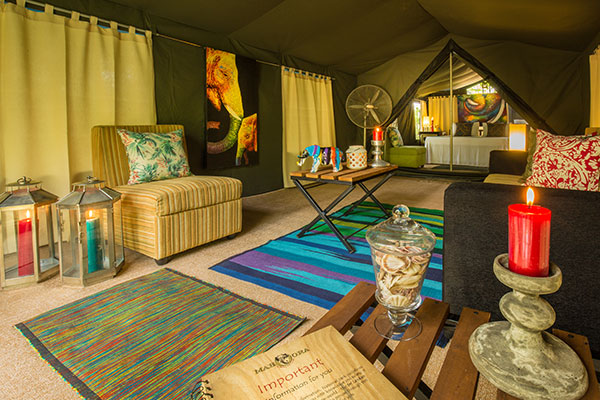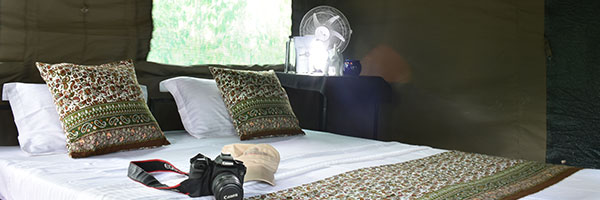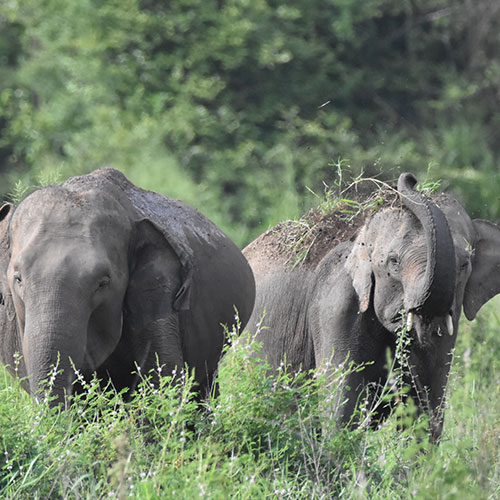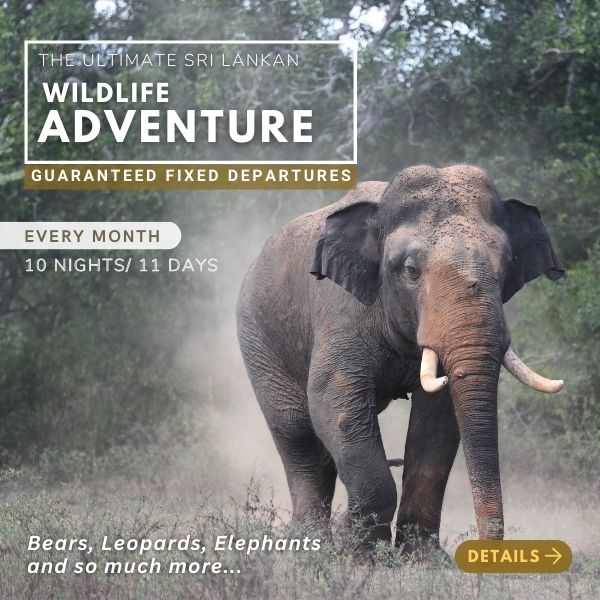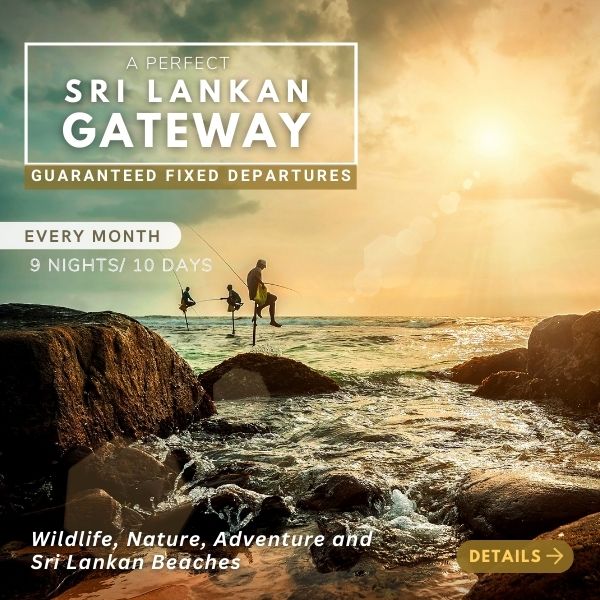Leopards and Sri Lankan Sloth Bears at Wilpattu National Park
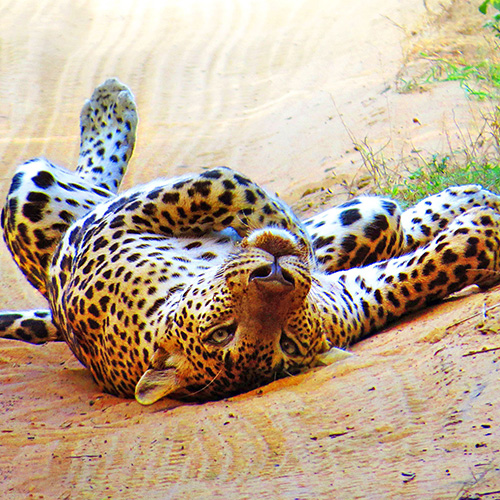
Mammals at Wilpattu National Park Sri Lanka

Birdlife at Wilpattu National Park
Reptiles & Amphibians at Wilpattu National Park
Flora at Wilpattu National Park
Wilpattu National Park History and Geography
A topographical feature particular to this part of the island is the abundance of villus or natural lake-like basins. All bar two of the villus within the Park contain pure rainwater and support a vast range of resident and migratory water-birds.
The Wilpattu National Park is one that is steeped in history and legend. According to some identified ancient ruins, it is said that Queen Kuweni lived in the place now identified as Kalli Villu. Queen Kuweni is in essence the mother of the Sinhalese race as it is out of her marriage to Prince Vijaya (the first king of Sri Lanka) that its people were born. Historical evidence also points to the fact that Prince Saliya son of King Dutugemunu (161 to 137 BC) lived in Wilpattu over 2,000 years ago. Pomparippu, which borders the Park, is also of historical importance, as ancient urns have been excavated at this site. Between the coastal villages of Palangaturai and Kollankanatte are the remains of an old harbour. Due to its vibrant history, Mahoora also offers historical tours of this National Park, which can be arranged on request. Declared a Sanctuary in 1905, Wilpattu was upgraded to National Park status in 1938. It is now one of the oldest and most important protected areas in Sri Lanka.




